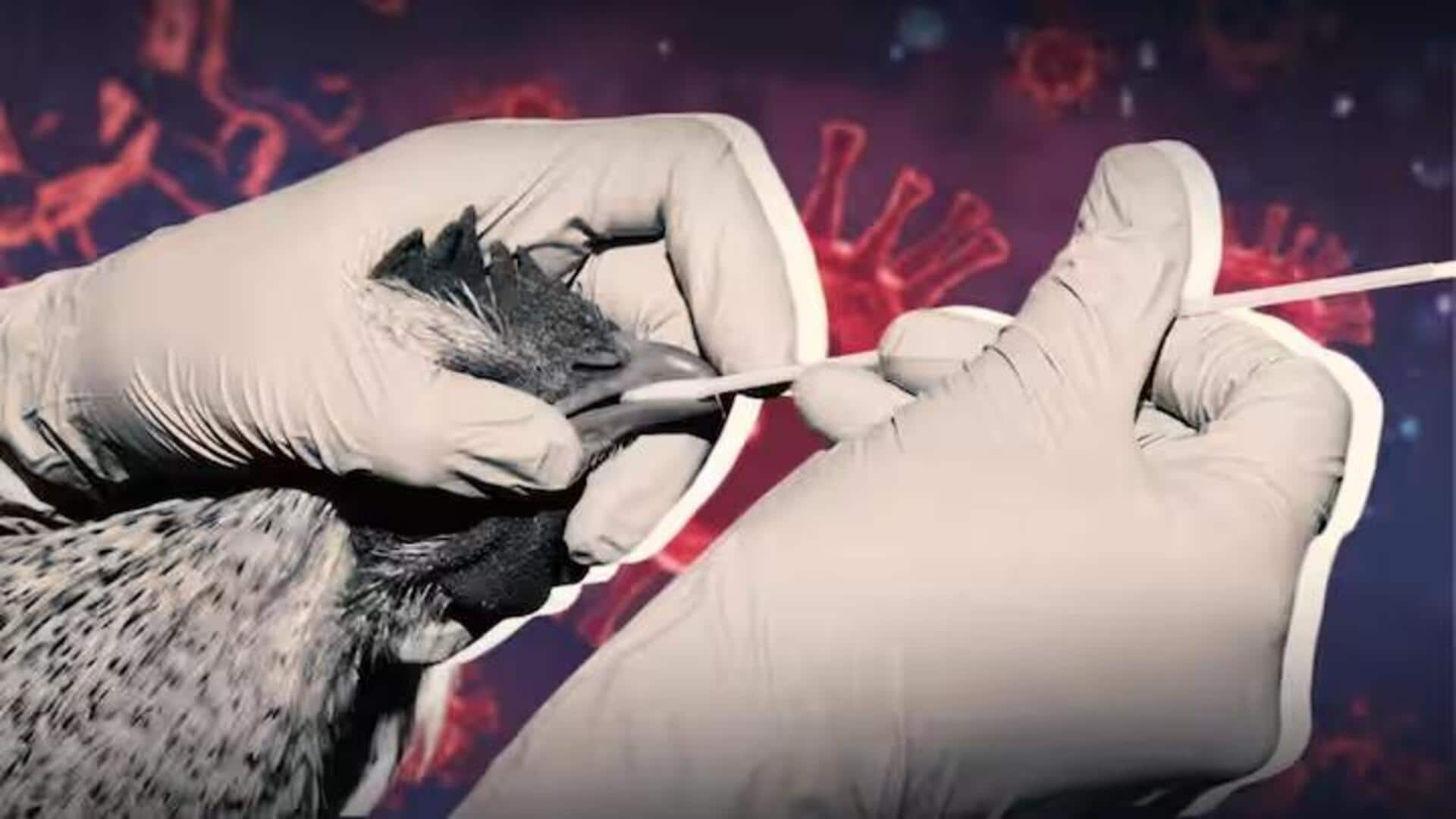
WHO expresses concern over bird flu's potential human transmission
What's the story
The World Health Organization (WHO), on Thursday, raised serious concerns about the escalating transmission of the H5N1 bird flu virus to other species, including humans.
During a press briefing in Geneva, WHO's chief scientist, Jeremy Farrar, described the situation as "an enormous concern."
The highly virulent H5N1 strain is now impacting new species within the United States (US).
Meanwhile, at least two areas under Kerala's Alappuzha district have reported bird flu outbreaks in ducks.
New Hosts
Bird flu epidemic extends to cows and goats
The ongoing bird flu epidemic, which originated in 2020, has now extended to cows and goats.
This development led the UN health agency to categorize it as "a global zoonotic animal pandemic."
Addressing media, Farrar expressed fear about the virus mutating and gaining the ability to infect humans, then crucially spreading from person to person.
Mortality rate
High fatality rate of H5N1 in humans raises concern
While there is no evidence that the influenza A(H5N1) virus is spreading among humans yet, its "extraordinarily high" fatality rate in instances where humans have contracted it through animal contact is alarming.
The UN agency has reported 463 fatalities from 889 human cases across 23 states over the past 15 months, indicating a troubling fatality rate of 52%.
Farrar emphasized that "this virus is just looking for new, novel hosts."
Global spread
Bird flu detected in US dairy herd and Indian ducks
WHO data revealed that H5N1 bird flu variant has been detected in numerous mammals over recent years, resulting in millions of wild bird fatalities.
However, this marks its first detection in cattle, with eight US states reporting the highly pathogenic avian influenza in a dairy herd.
In India, instances of bird flu have been identified in two areas of the Alappuzha district of Kerala, confirmed after samples from symptomatic ducks were tested.
Government response
Indian Government response to bird flu outbreak
To check the spread of the disease, in a meeting—led by the district collector—it was decided to cull domestic birds within a 1km radius of the outbreak's epicenter.
This measure aligns with the US government's standard protocol for such incidents.
A Rapid Action Force is being assembled by the Animal Welfare Department to manage this situation.
The district administration has reassured residents that there is no risk of human transmission and urged them not to panic.
Texas and Colarado
2 cases of avian influenza detected in US
Recently, two cases of avian influenza in humans were reported in the US.
The first case was reported in Colorado, where a person contracted the H5N1 virus following direct contact with infected poultry.
In the second case, a person in Texas contracted the virus after exposure to cattle believed to be carriers.
Despite the recent case, the Center for Disease Control and Prevention (CDC) maintains that the risk to the general public remains minimal.